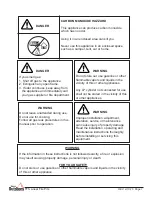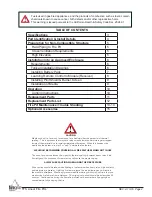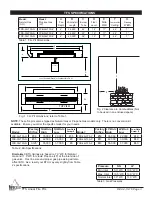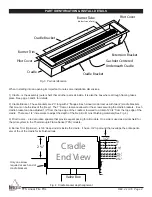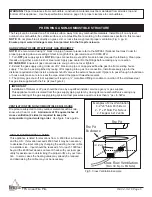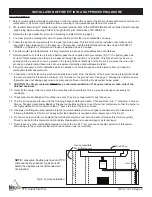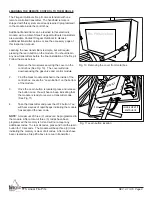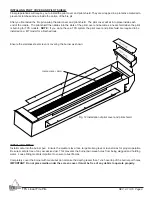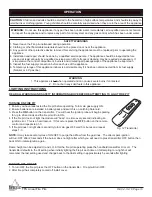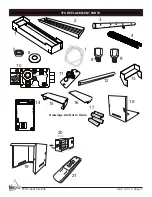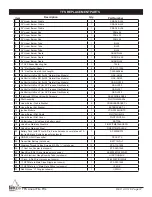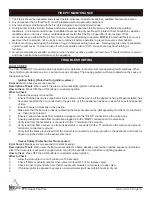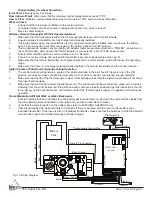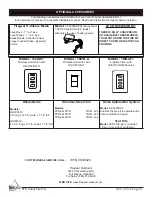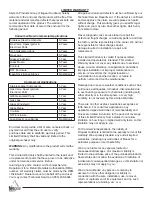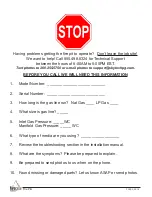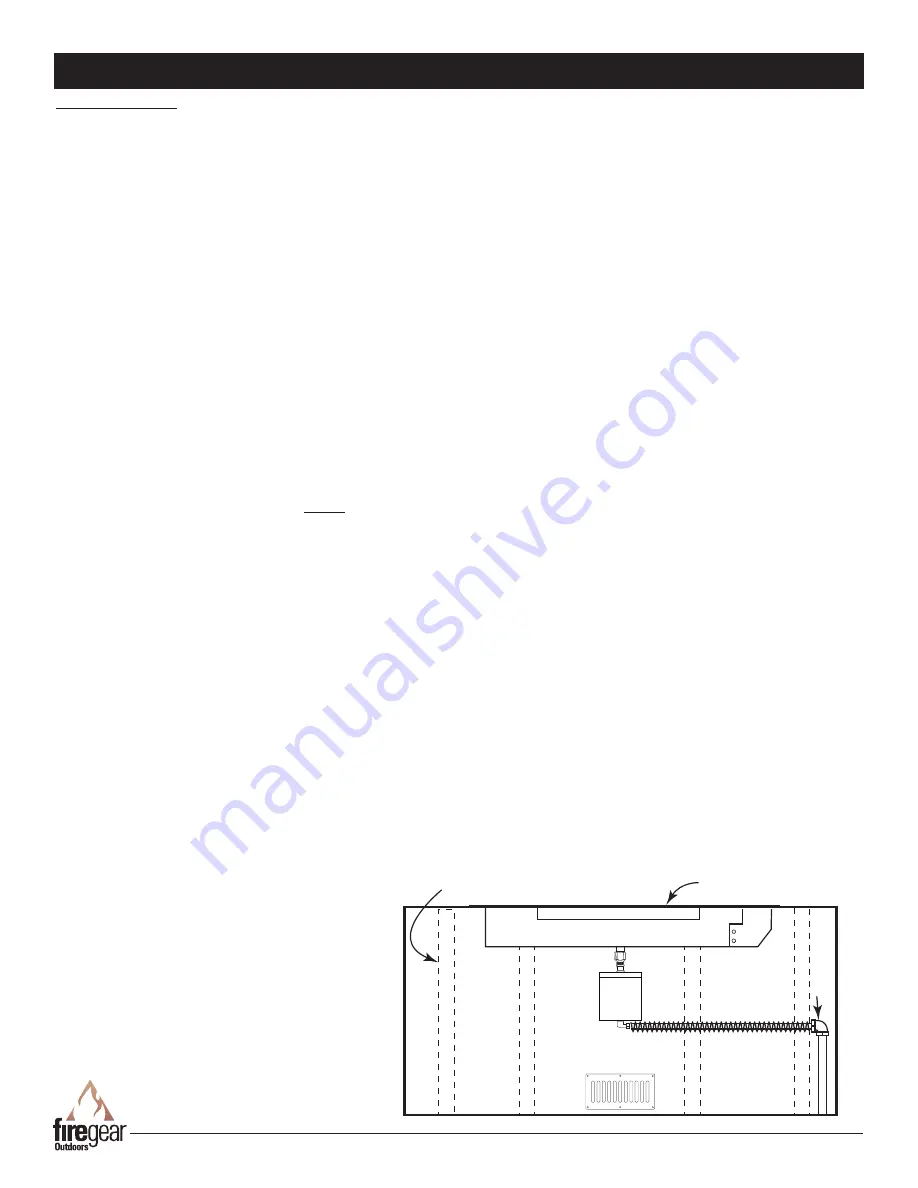
REV. 4-13-16 Page 6
REQUIREMENTS
1. Only non-combustible materials should come in direct contact with any part of the fire pit. Underneath area should be non-
combustible or a flat level combustible surface according to the clearances specified in this manual.
2.
We recommend using ¾” black iron pipe; however please refer to the NFPA54 (National Fuel Gas Code) for proper
pipe sizing when exceeding 20-feet in length for fire pits rated above 100,000 BTU.
3. Determine the size linear fire pit you are preparing to install (Refer to page 4).
4. You must provide a rectangular cut out to place the fire pit into the non-combustible enclosure.
5. Follow the local code requirements for the gas type being used. This fire pit should be installed in accordance with
local codes and ordinances or in the absence of local codes, with the latest National Fuel Gas Code, ANSI Z223.1
NFPA54 or CSA B149.1, Natural and Propane Installation Code in Canada.
6. Fire pits create high temperatures, it is very important to have any combustibles at a safe distance.
7. Normal operation of the fire pit is with a battery pack that is supplied with your system (Fig 7). The battery pack has
12-feet of black sleeved wire that is to be passed through the junction box provided. This wire should not be cut or
spliced and the junction box can be placed in the facing of the vertical finish of the fire pit, if you place the wire under
ground you should install those wires into an approved protective conduit/sleeve material.
8. Fire pit should never be left unattended while in operation. It should always be a safe distance from all trees and
combustible landscape materials.
10. Construction of the finished fire pit should be stable and solid. From the bottom of the burner housing (cradle) that holds
the burner assembly it requires a minimum if of 15-inches to the ground level. See page 3. Drainage is critical to ensure
that water does not damage gas valve and components. Never install the fire pit system below grade.
11.
CAUTION: The fire pit enclosure MUST have a minimum ventilation of 18 square inches on each side of the
finished enclosure.
12. Never fill the cavity under and around the valve box with any material, this is a provided air space necessary for
ventilation.
13. These products are designed for outdoor use only. They are not approved for any indoor use.
14. This fire pit is designed for use with the following Firegear Outdoors media: FG-Lava Rock (min. 1” diameter), FG-Lava
Stones, Firegear Liquid Glass Beads or Firegear Large Broken Glass. Cover the burner completely, so that the burner is
not highly visible. Do not cover more than 1” above the top of the burner screen.
15. Gas lines and fittings must be installed into the non-combustible structure. All gas connections must be leak tested
following installation of the fire pit. Soapy water leak detection is required before regular use of the fire pit.
16. Do not use burner media (rocks/glass) that will absorb moisture over time and will not release this moisture quickly.
Moisture can boil in this material and can rapidly break apart and cause damage or personal injury.
17. Never leave any other combustible material on top of the fire pit. This could cause unsafe operation of this system
and damage to the component that will not be covered under our warranty.
INSTALLATION OF FIRE PIT INTO AN APPROVED ENCLOSURE
Gas Supply
Fire Pit Pan
Non-Combustible
Fire Pit Enclousure
Valve Box
Steel
Studs
NOTE
: Gas valve, flexible gas lines and TFS
components are supplied. A gas shut-off
before the appliance is recommended but
not supplied
Fig. 6 Typical installation.
TFS Linear Fire Pits


